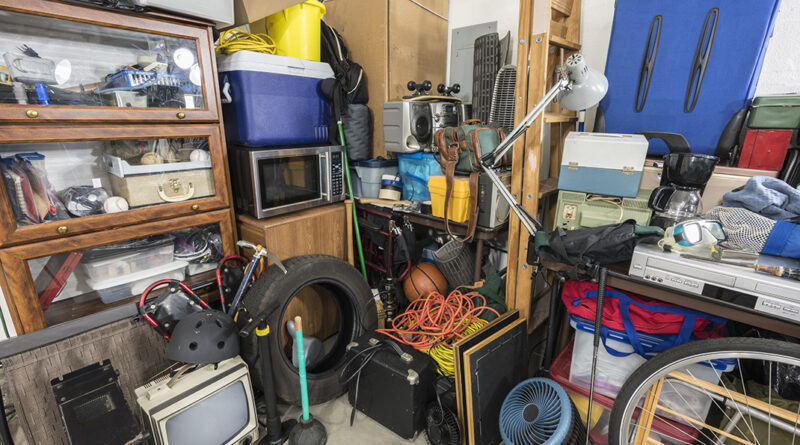Getting Organized in 2026
It’s a great time to get everything sorted out
By Deborah Jeanne Sergeant

You wouldn’t call your house a complete disaster, but you have a few areas you hope guests won’t see. That kitchen junk drawer. That closet down the hall. The basement.
Wherever it is, it’s typically populated with unknown objects, things you might use someday and oddball items that don’t seem to belong anywhere else.
Together, they don’t make any sense and are visually unappealing. And eventually, they gobble up space for things you know you’ll use.
“Technically, all of these items do have categories, but understanding what that is to you and making categories that make sense,” said Liz Bremer, certified professional organizer and owner of Put it Simply Organizing, LLC in Manlius. “I have a small compartment for pieces and parts. When it gets full and if I’ve had it for a long time, I know I can let it go.”
That mystery part or random knob? Let them go. They’re probably for things you no longer own anyway. Bremer applies the same strategy to charger cord. Once you identify that you already have several like that,
toss the extras.
Once you weed out superfluous items, decide where you want to store items you keep.
“Determine where you’d look for it if you were looking for it,” Bremer said. “It’s like file folders. Accessibility is huge when determining where things go.”
Seasonal items should go where it’s harder to access compared with items you use more frequently. It’s not based upon size.
For many people, totes help for long-term storage, but Bremer advised against stacking, since if you need to access the one on the bottom, will you really move four totes or feel more tempted to set the item on the floor?
“Once things start piling up in front of a closet, everything inside it is lost and gone and you buy more things like what’s in there,” Bremer said. “Keeping your home lean, accessible will elicit success in your organizing journey. Making space to live in my opinion is more important than holding onto the past in that way.”
When Pam Reagan, owner of Lighten Up! Organizing in Syracuse, works on a reorganization project, she sorts items into three categories: trash/donate, recycle and the other room. Each box is labeled.
She works at any particular project for no more than three hours, as it’s easy to feel burned out during the process. Once she finds a “home” for each item, the key is returning them to their spot.
“A client’s height is important,” Reagan said. “If they’re short, their everyday items should be where they can reach them. I ask questions all the time about what they use every day and what they can put on a top shelf because they don’t need it every day.”
It typically works better to purge and sort before buying containers and shelving units.
For large items such as bicycles and sports equipment, it pays to look up. Hanging hooks, vertical racks and shelves can help preserve more floor space and keep these items from taking over the garage or basement.
“Once I have them put things in a place that works the best, that’s the home for everything,”
Reagan said. “It takes 21 days to learn a new habit.”

